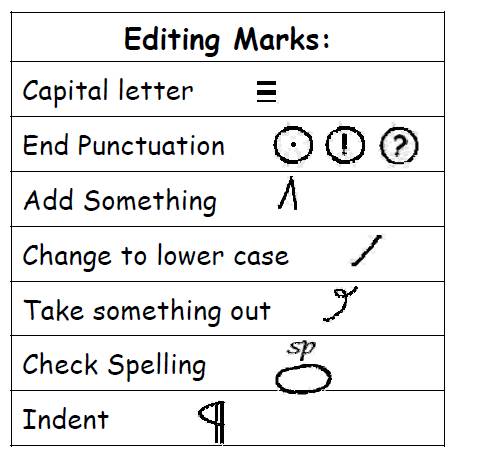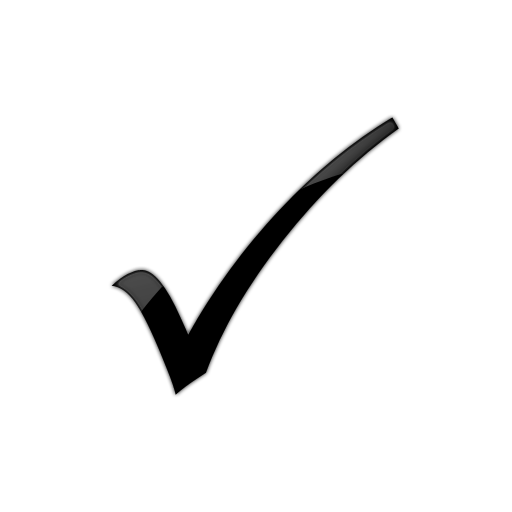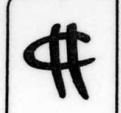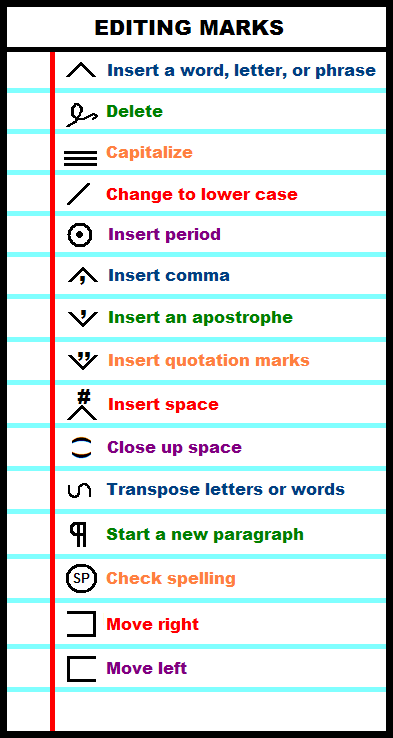
Instructional Materials for Craig White's Literature Courses
Editing Marks & Common Errors |
 |
Editing marks
 = good-to-excellent,
readable, on-point and contributing to progress of essay
= good-to-excellent,
readable, on-point and contributing to progress of essay
![]() = something definitely
wrong, e.g. grammar or punctuation or factual error; an error to avoid repeating
= something definitely
wrong, e.g. grammar or punctuation or factual error; an error to avoid repeating
 = delete
or elide
= delete
or elide![]()
![]() = insert
= insert![]()
![]()
![]() or
or
 = paragraph, as in "start new paragraph"; or
"No
= paragraph, as in "start new paragraph"; or
"No
![]() "
"
![]() = lower-case; i.e., not a capital letter; i.e.,
A > a
= lower-case; i.e., not a capital letter; i.e.,
A > a
|
|
|
![]()
![]() diction = word choice or selection (i.e.
"vocabulary")
diction = word choice or selection (i.e.
"vocabulary")
![]() syntax = sentence structure
syntax = sentence structure
![]()
Common surface errors
Homonym
spelling problems (Homonyms = words that sound
alike but are spelled differently; words that sound OK in speech look wrong in
writing.)
These words sound alike, and in some cases have related
meanings. Many writers don’t know the difference, and many readers won’t either.
But most college teachers know the difference, whether they count off or not.
There / they’re / their
your / you’re
Another
tricky spelling: Past tense of verb “to lead” =
led
(sounds like the element lead)
Effect / affect
![]() effect = noun
effect = noun
![]() affect = verb
affect = verb
(Usually! Both of these tendencies have some higher-order
exceptions.
![]() It’s is
always a contraction for
“It is”—as in “It’s great!” This contraction is the only case in which the
vocalization /ITS/
is spelled with an apostrophe.
It’s is
always a contraction for
“It is”—as in “It’s great!” This contraction is the only case in which the
vocalization /ITS/
is spelled with an apostrophe.
![]() Its is the possessive pronoun
form of it, as in “That dog can't find its way home." (The word "its" sounds the
same as above but can't mean "it is.")
Its is the possessive pronoun
form of it, as in “That dog can't find its way home." (The word "its" sounds the
same as above but can't mean "it is.")
![]()
Standard typographical problems:
can not
(incorrect) >
cannot
alot
(incorrect) >
a lot
![]()
Dependable but lazy and empty sentence form:
Dependence on expletive syntax: There is, are, etc.; It is, was . . . (a.k.a. “empty subject”).
This is a
perfectly normal syntax—see, I just did it!
"There is" are empty words. The best syntax has strong
subjects and verbs:
“There
is a
Help
link that you can click at the top of the page.”
>
“Click the
Help link at the top of the page.”
![]()
Writing “that” for
“who” as pronoun subject in a dependent clause.
(Not
“the man
that took my newspaper”
but “the man
who
took my newspaper.” Rednecks everywhere say “that” instead of “who,” but
especially in Texas. If you say “people that” instead of “people who,” you’re
referring to people as things.)


